 0086-139-59890092
0086-139-59890092 info@chinadiamant.com
info@chinadiamant.com
The working principle of Diamond Saw Blades
Brief description about diamond blades, how they are made, and how they are working.
Diamond saw blades come in a variety of sizes, types, and uses, ranging from small 6" blades used in angle grinders to massive 35" blades used in masonry construction. For every type of application there is a blade designed especially for it, which explains the large and still growing diamond blade industry.
Diamond saw blades are constructed from two major components: the diamond crystals (of course) and the metal bond or matrix that holds them together. This combination of matrix and diamonds circumscribe the blade, making up the rim. When the blade is being applied to masonry, ceramics, and other uses, the diamonds aid in cutting the material. Diamond crystals exposed at the edge will slowly wear down, along with the bonds that hold them to the blade. The abrasive action of the material being cut erodes the bond exposing new diamonds.
Each diamond blade is designed for use on a specific range of materials. If the material being cut is soft or abrasive, the bond on the blade is hard so the bond does not prematurely release the diamonds. If the material being cut is hard or less abrasive, the bond on the blade is softer so the diamonds release before they become too worn to cut. It is very important that the right blade is used for every application; otherwise, damage may be inflicted on the blade, machinery, or in rare cases, the operator.
Diamond blades are designed to be used for either wet or dry cutting. Wet cutting blades use water to cool the blade and flush away the cuttings. Dry cutting blades rely on airflow to cool the blade and remove the cuttings. Dry cutting blades can be used with water to control dust but wet cutting blades cannot be used dry.
If used properly, blades will serve out its full useful lifetime. It is possible, however, to shorten a blade's life. There are several facts which can lead to diamond blades wearing out prematurely. These include improper blade application, improper rpm, inadequate water flow, or improper use of dry cutting blades. In addition, a diamond saw blade will stop cutting if the exposed diamonds wear down quicker than the matrix can expose the new diamonds. This can happen if there is improper blade application, failure to allow for proper break-in, insufficient power, or overheating the rim.
To insure that you get the most out of your blade, you must take care to avoid damaging the blade in the above stated manner. Because certain blades cut better and last longer on certain materials than other blades, you should select the proper blade for the application. This will help you get the maximum life out of the diamond blade. For example, do not use a cured concrete blade on abrasive materials such as green concrete or asphalts, which will cause the blade to wear out prematurely. Instead you should use the cured concrete blade on harder or less abrasive materials and leave the green concrete and asphalt to blades with harder bonds.
If a blade overheats or suffers a shock from being dropped it can lose its tension. This will cause the blade to wobble when being used. This is dangerous and the blade must be replace or repaired before the operator can resume operating the machine.
Take Care of Your Blade
Advice concerning the proper use and care of blades to ensure efficient use and long blade life.
When operating a saw you can't go wrong if you let these ten rules guide you.
Run Blades at the Right Speed - Recommended operating speed for diamond saw blades are between 8,000 and 11,000 surface feet per minute. Lower speeds are recommended for green concrete, and hard dense materials, such as granite. Higher speeds are recommended for cured concrete, asphalt and soft abrasive materials. When using large diameter blades it is mandatory to change sheaves in order to operate at recommended operating speeds.
Use Water - A good water flow equally on both sides of the blade of about four to five gallons per minute (not high pressure) is best. Hydrant pressure is more than required.
Mounting - When the blade is snagged up evenly with clean equal size flanges, which are free of burrs and rust, it runs straighter and truer for maximum cutting efficiency. Bad seating results in lopsided wear, egg shaped or burnt arbor holes.
Use the Right Specification - Through years of testing, special specifications have been developed to give the best cutting for each application. Green concrete, old concrete, bricks and clay, asphalt, etc., all have blades made especially for them. Make sure the blade is suited to your cutting job, and your blade will cut faster and easier while maintaining a longer life span.
Use Power - The more horsepower (torque, not pressure on the blade) supplied to the spindle, the more efficient the cutting action will be. Low horsepower may require a softer bond.
Regular Maintenance - Check you machine for bad bearings, or bent or worn shafts. These cause the blade to run out of round and create excessive stress and wear. Good machine maintenance will ensure longer blade life and easier cutting.
Don't Force the Blade - Excessive pressure on the blade will dull the diamonds, create stress in the steel core, and cause the blade to become out of round. On lighter saws, too much pressure causes the blade to rise out of the cut, and put excessive load on the engine. Just listen for that smooth cutting sound; when you hear that, you know the blade is cutting at its best.
Keep Blade Out of the Dirt - If you have to cut through the asphalt or concrete slab into the sub base, water loss will result and the abrasion of the sand will put extreme wear on both the steel core and the diamond segment.
Blade Tension - Each blade is tensioned by a smiting process to run true at the speed (RPM) of the machine on which it will run. Blades at higher or lower speeds than they are tensioned for will wobble or flutter, creating excessive side wear or core cracking. If your machine is other than standard be sure to tell us your spindle RPM.
Keep Cuttings Flushes Out - The cuttings if not properly flushed out of the cut will abrade both the matrix, and the steel core resulting in shorter life. Be sure to maintain sufficient water flow.
FAQs of troubleshootings you may meet and to provide appropriate means to fix or to avoid the problem.
|
Checklist |
What to Look For |
Suggestions |
|
Check specification |
Look for possible misapplications check blade record. |
Question operator's judgment in choice of blades. |
|
Measure segment depth at four locations |
Look for eccentricity (uneven segment depth). |
Check machine bearings, check machine spindle alignment, check shoulder on arbor for wear and grooves. |
|
Check for signs of overheating |
Look for baked-on deposits of cutting swarf.
|
Water flow was not adequate. Operator might have tried to speed blade up by reducing water flow. This practice should be discouraged.
|


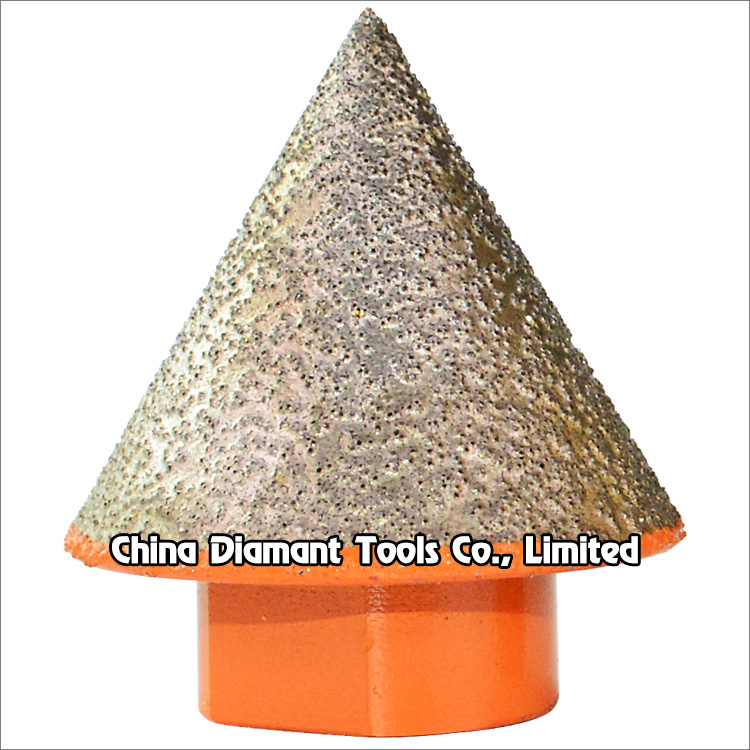
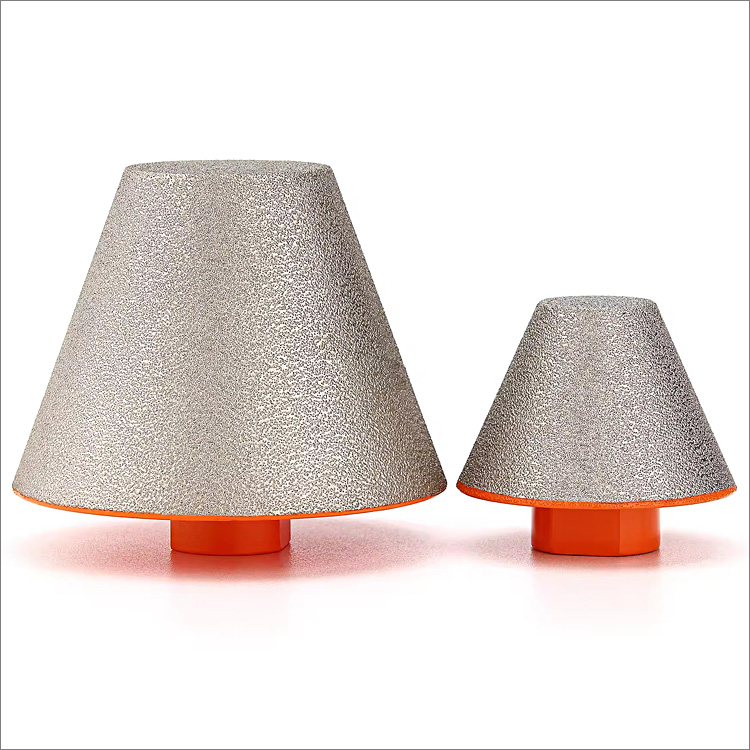
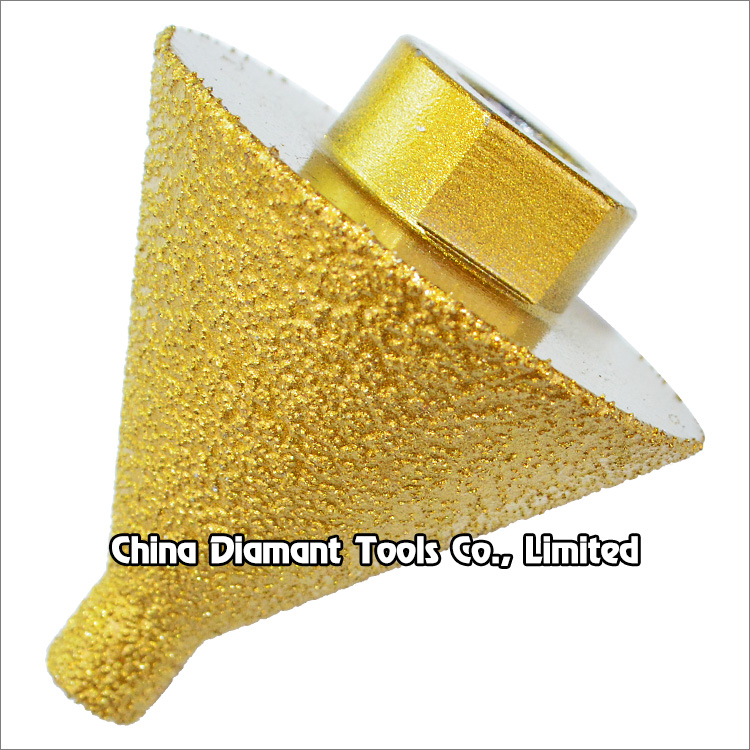
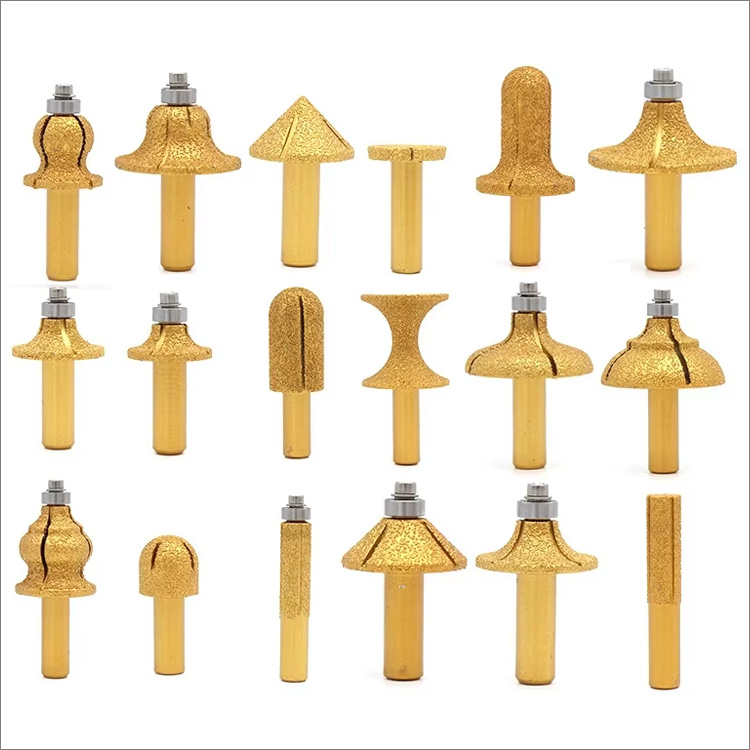
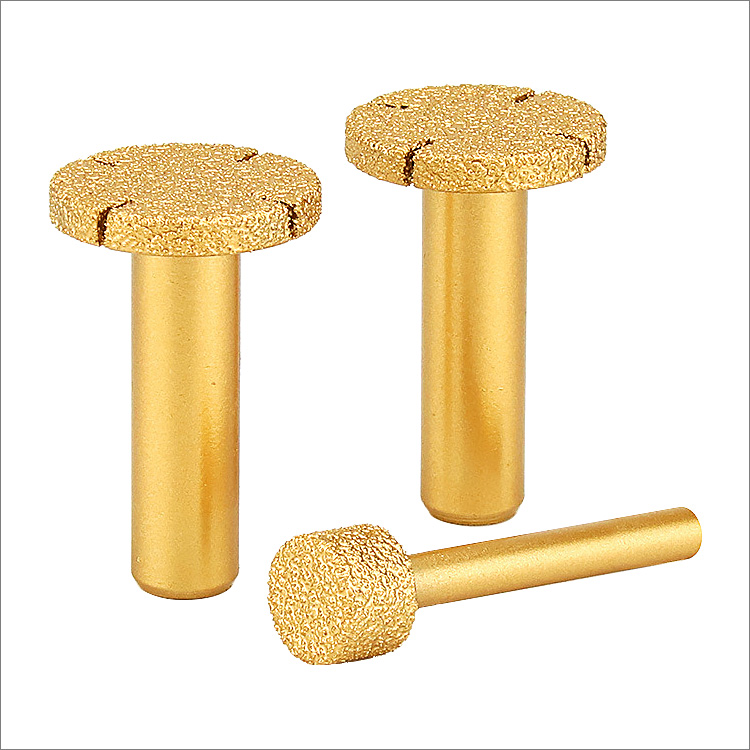
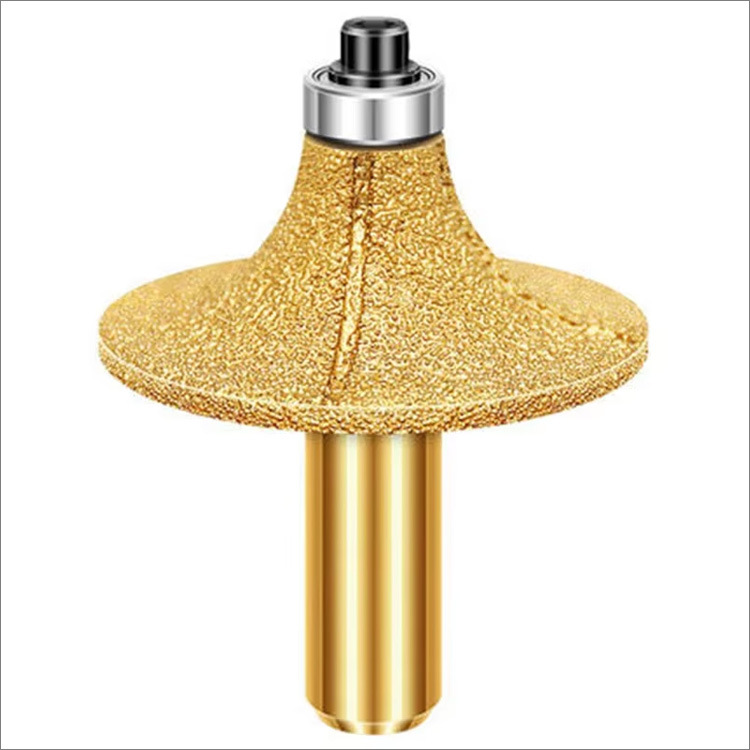
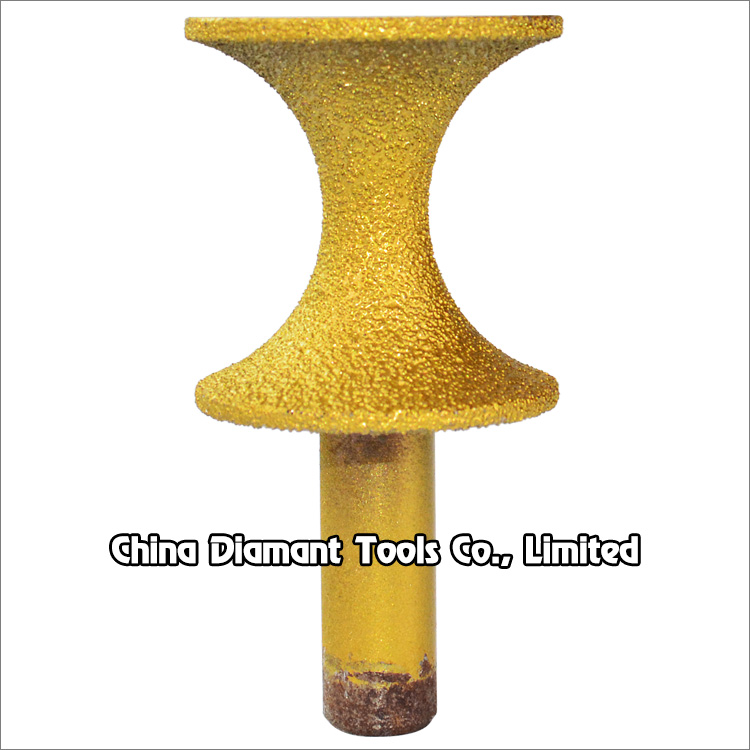
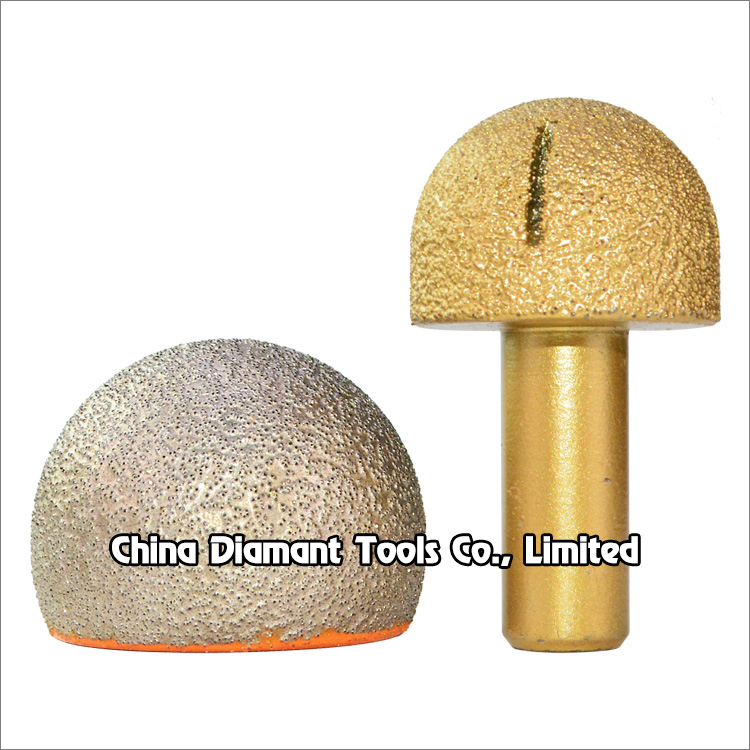
 NEWSLETTER
NEWSLETTER 0086-139-59890092
0086-139-59890092

